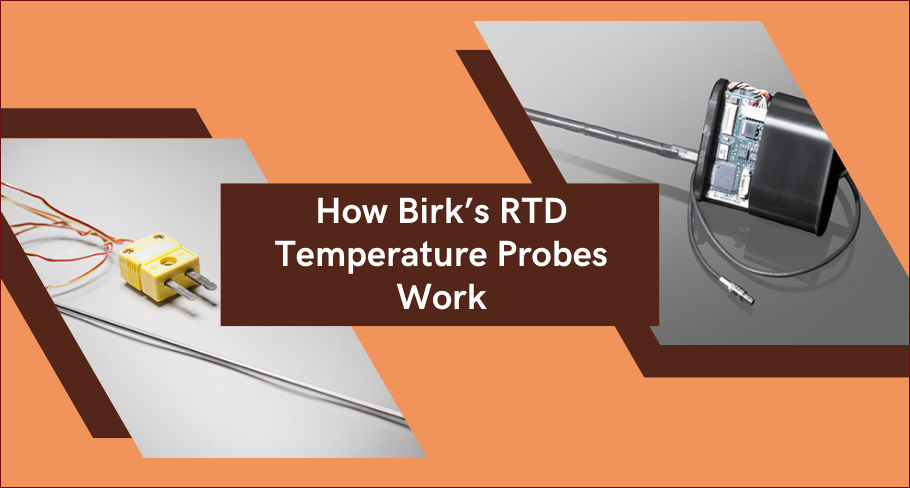Temperature sensing and control is an integral part of many industrial processes and other sectors such as medical, scientific research, and so on. This may be part of process requirements; for instance, in scientific research as well as clinical labs, you need to preserve samples or parts of certain organisms at a certain temperature to be able to make the right inferences or diagnoses. There are various temperature-sensing devices such as thermocouples and RTD temperature probes which are used as either standalone devices or as part of integrated thermal systems. Having said that, each industry or industrial segment may have different requirements and hence customization is key. Birk Manufacturing, an expert in thermal solutions, offers customizable RTD probes in terms of length, lead wires, connections, and more. The company’s probes feature high-temperature RTD elements that are encased in a stainless steel sheath to protect the inside elements from harsh industrial environments. This post discusses the details of how these RTD probes work, and more.
Working of RTD Probes
Resistance temperature detectors, RTDs, are temperature sensing devices used in many industrial systems. RTDs function based on the relationship between temperature and resistance. An RTD is designed with a base resistance, typically 100 or 1000 ohms. This means at 0°C the RTD resistance will read 100 or 1000 ohms, depending on the design. Temperature and resistance are directly proportional to one another, meaning as the temperature increases the resistance within the RTD will also increase. This relation is well known, so as current is passed through the RTD the temperature can be determined. RTD probes are used in applications which do not require immediate output such as textiles, food processing, electrical appliances, plastics, HVAC systems, medical, defense, manufacturing units, and so on.
How Are Birk’s RTD Probes Different?
The RTD probes by Birk certainly have an edge over many other probes in the market. This is due to the high level of customization offered .
- The company offers them in various lengths ranging from 1 to 12 inches.
- They offer quicker output responses than most other probes, thanks to the RTD elements, and hence are designed for heavy duty applications.
- The company offers additional lead gauges to suit higher temperature requirements.
- The probes’ operating temperature ranges from -200°C to +600°C.
- RTD probes designed by Birk meet the EN60751 Class B industry-tolerance standard 1/3 Class, while they offer Class A tolerances as part of their custom solutions.
- The highlight, however, is the level of customization Birk offers through its innovative temperature probe configurator on the company website.
- If you need a specific and customized RTD probe, all you need to do is simply select your requirements in the drop down list. These include sensor type, probe length, probe diameter, lead length, and number of leads.
- This makes the requirement gathering process as well as price estimation hassle free.
Birk Manufacturing, Inc. has 30 years of experience in manufacturing various temperature probes and devices as well as integrated thermal systems. This experience and expertise has fostered both innovation and customization. The company offers customization on several aspects of the RTD probes through its temperature probe configurator. This tool makes it easy for prospective clients to share their specific application requirements and the type of probe they need. If you require any further information, contact the team via phone or email.
